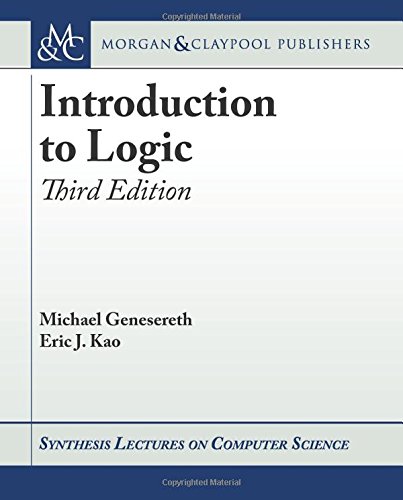

Most ebook files are in PDF format, so you can easily read them using various software such as Foxit Reader or directly on the Google Chrome browser.
Some ebook files are released by publishers in other formats such as .awz, .mobi, .epub, .fb2, etc. You may need to install specific software to read these formats on mobile/PC, such as Calibre.
Please read the tutorial at this link. https://ebooknice.com/page/post?id=faq
We offer FREE conversion to the popular formats you request; however, this may take some time. Therefore, right after payment, please email us, and we will try to provide the service as quickly as possible.
For some exceptional file formats or broken links (if any), please refrain from opening any disputes. Instead, email us first, and we will try to assist within a maximum of 6 hours.
EbookNice Team

Status:
Available0.0
0 reviewsThis book is a gentle but rigorous introduction to Formal Logic. It is intended primarily for use at the college level. However, it can also be used for advanced secondary school students, and it can be used at the start of graduate school for those who have not yet seen the material.
The approach to teaching logic used here emerged from more than 20 years of teaching logic to students at Stanford University and from teaching logic to tens of thousands of others via online courses on the World Wide Web. The approach differs from that taken by other books in logic in two essential ways, one having to do with content, the other with form.
Like many other books on logic, this one covers logical syntax and semantics and proof theory plus induction. However, unlike other books, this book begins with Herbrand semantics rather than the more traditional Tarskian semantics. This approach makes the material considerably easier for students to understand and leaves them with a deeper understanding of what logic is all about.
In addition to this text, there are online exercises (with automated grading), online logic tools and applications, online videos of lectures, and an online forum for discussion. They are available at http://intrologic.stanford.edu/